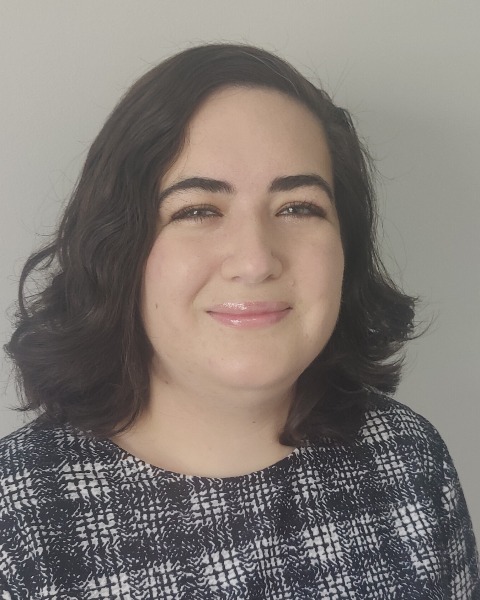Hearing Loss Prevention (HLP)
PP704 - Hearing Loss Risk for Young Listeners in a Marching Band

Rachel B. Robinson
Student Researcher
Louisiana Tech University
Louisiana Tech University
New Bern, North CarolinaDisclosure(s): No financial or nonfinancial relationships to disclose.
- EB
Elizabeth A. Busher
Au.D. Student
Louisiana Tech University
Louisiana Tech University
Alexandria, LouisianaDisclosure(s): No financial or nonfinancial relationships to disclose.

Melinda F. Bryan, PhD
Professor
Louisiana Tech University
Louisiana Tech University
Choudrant, LouisianaDisclosure(s): No financial or nonfinancial relationships to disclose.
Lead Presenter(s)
Presenter(s)
Contributor(s)
Summary:
Rationale/
Purpose: Noise induced hearing loss (NIHL) is a common concern for young musicians. Walter (2011) measured average decibels over two days for high school band members at a band camp. Results showed that most of the subjects in two-day band camp experienced 5 to 29 times the allowable dose of noise exposure permitted by OSHA. Further, Jin et al. (2013) evaluated hearing thresholds of college marching band students versus non-band members of the same age. The band members were tested before and after the band season. Results showed no evidence of noise trauma but recommended careful monitoring of noise exposure levels and hearing thresholds of band members. Likewise, Ramrattan and Gurevich (2019) evaluated 42 middle and high school students for increased risk of NIHL. The results showed an audiometric notch of 15 dB HL in at least one ear in band students. Many studies evaluate risk for hearing loss in musicians use hearing thresholds. Our study hopes to add to the literature to determine the relationship between music noise exposure and hearing loss using a more comprehensive battery of audiometric measures including otoacoustic emissions. Therefore, the purpose of this study was to determine if “band” students are a greater risk for developing NIHL at a younger age as evidenced by measurement of DPOAEs and hearing thresholds.
Methods: Fourteen control subjects, who had no marching band experience (mean age: 21.9y, range: 18-30y) and 18 experimental subjects, who were in the University band (mean age: 19.8y, range: 18-23) served as the participants for this study. The inclusion criteria were no prior reported hearing loss (before playing in the band) and no reported neurological or cognitive impairments. Audiometric testing included otoscopy, tympanometry, distortion-product otoacoustic emissions (DPOAEs) from 1,000 to 12,000Hz, and a hearing exam at all measurable octave and interoctave frequencies from 250 to 12,000 Hz.
Results & Conclusions: Two three-way repeated measure ANOVAs were completed to evaluate the effects of noise exposure on DPOAEs and hearing thresholds. For both ANOVAs, the between subject variable was group with two levels (control vs. experimental), and the within subject variable was ear with two levels (right and left). For the first ANOVA, the remaining within subject variable was DPOAEs signal-to-noise ratio (SNRs) with eight threshold levels (3k, 4k, 5k, 6k, 7k, 8k, 9k, & 10k); for the second ANOVA, the within subject variable was hearing threshold with eight levels (3k, 4k, 6k, 8k, 9k, 10k, 11.2k, & 12.5k). The results showed no significant difference for group for DPOAEs measurements nor hearing thresholds. However, individual data analysis showed a slight decrease in DPOAE SNRs for the experimental group and a slight increase in hearing thresholds above 10,000Hz for some listeners. These results indicate that while the majority of band members are not experiencing physiological effects of noise exposure, individual effects for some listeners may need to be monitored. Clinical implications and a proposal for monitoring will be discussed.
Learning Objectives:
- discuss the effects of noise exposure from musical instruments on DPOAEs measurements to 10kHz
- discuss the effects of noise exposure from musical instruments on hearing thresholds to 12.5kHz.
- discuss the effects of noise exposure from musical instruments on individual results.
